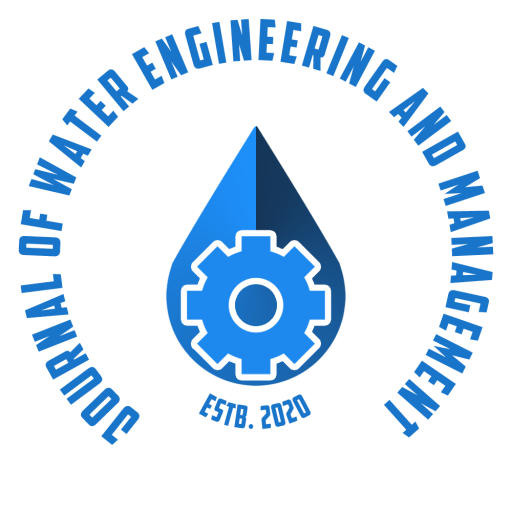Sarang Kulkarni
Subject Matter Expert, Bharatiya Jain Sanghatana, Fergusson college of Pune, Maharashtra, India.
e-mail : skulkarni@bjsindia.org
Pragya Soni
Senior Manager, Documentation Bharatiya Jain Sanghatana,
The International Institute for Population Sciences (IIPS), Mumbai, Maharashtra, India.
DOI: https://doi.org/10.47884/jweam.v2i2pp01-09
ABSTRACT
Rejuvenation of existing water bodies is an important element to achieve village water security in the context ofboth drinking and agriculture water requirements. Rejuvenation of the water structure leads to the creation ofstorage or increase in the storage capacity of the existing structure, eventually aiding to groundwater recharge.“Sujalam Suphalam” is a District level time-bound program that focuses on the improvement of village waterresources by undertaking the restoration of existing water bodies, and watershed treatments for the augmentationof groundwater. It is an effort to make a parched village ‘water abundant’ by creating water infrastructure thatinstils the notion of ownership amongst the stakeholders which is an important element in arriving at asustainable solution for drought frequented regions in a short period of time. Sujalam Suphalam (SS) takes amulti-stakeholder approach to arrive at village water security. The multi-stakeholder design of the programmeinvolves the Government (State and District Administration) – Bharatiya Jain Sanghatana (BJS) -Community/Farmers Group – like-minded civil society organisations and advocacy groups (publicrepresentatives and newspaper & electronic media) as the stakeholders. Where Government authority providesnecessary sanctions and takes full ownership of the programme, BJS provide their services of heavy machineryand support the Government in programme execution, implementation, community mobilisation, datamanagement and monitoring. This program promises rejuvenating water structures that store run-off generatedduring monsoons, which recharges groundwater, these earthen works also provide an essential resource to thefarmers which is silt to enhance individual farmer’s productivity. SS has helped in increasing the agriculturalincome by bringing the larger area under irrigation and enhanced the income from agro-allied diversifiedactivities. By desilting percolation tanks, water harvesting tanks and village nalas (rivulets) BJS has not onlyenhanced the storage capacity of these structures but also increased the period of water availability in the parchedvillages. It increased the number of days of drinking and domestic water availability accessible to all habitationswithin a village. The approach promises to reduce the gap between demand and supply of both, water and silt, in ashort period. It also garners active participation from the farmers that leads to effective management ofcommunity water resources by enhancing the capacity of Panchayati Raj Institutions and individual farmers.Since the implementation of IWRM projects back in the 1970s, many water storage structures were created indrought-prone villages. But often it was found that very few programs were concentrated on rejuvenation orrepair of these water bodies. Often the Gram Panchayat was given charge of these water bodies who lacked the necessary guidance and resources to rejuvenate or repair. Sujalam Suphalam program is focused on rejuvenationor repair of government and community-owned water bodies. These processes demanded the active participationof district administration, gram panchayat, progressive farmers, farmer boards at village level and those whowere on the periphery of these institutions.This paper reviews the multi-stakeholder sustainable water conservation approach adopted by Bharatiya JainSanghatana with the support of the government of Maharashtra and Karnataka. The paper also highlights themain components of the programme, methodology of the programme, execution, key achievements, impacts andcritical lessons learnt.
